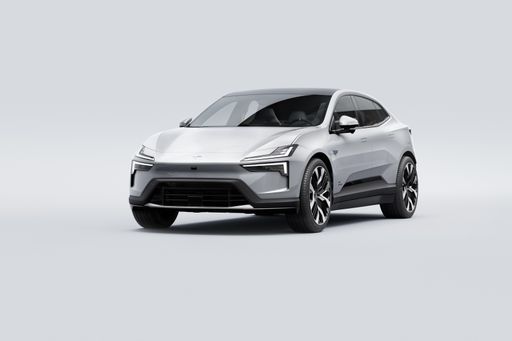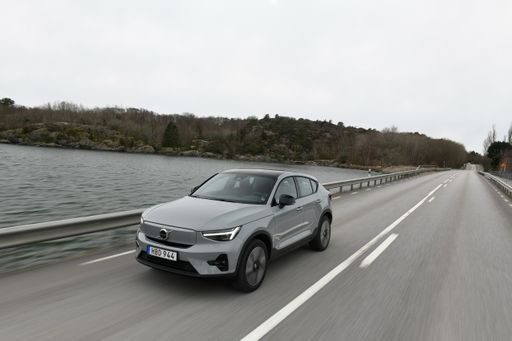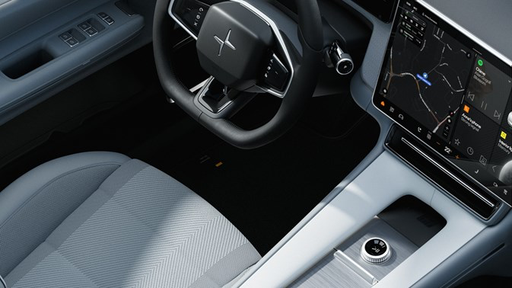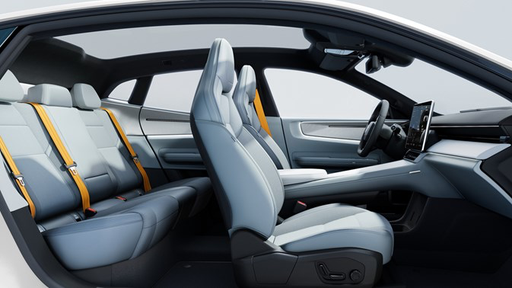A Tale of Two Electric SUVs: Volvo EC40 vs. Polestar 4
The automotive landscape is rapidly evolving, especially with the rise of electric vehicles (EVs). Among the notable contenders in the SUV segment are the Volvo EC40 and the Polestar 4. Both vehicles boast impressive specifications and a commitment to sustainability, but they cater to slightly different segments of the market. This comparison will delve into the technical aspects, innovations, and overall driving experiences offered by these two electric SUVs.




